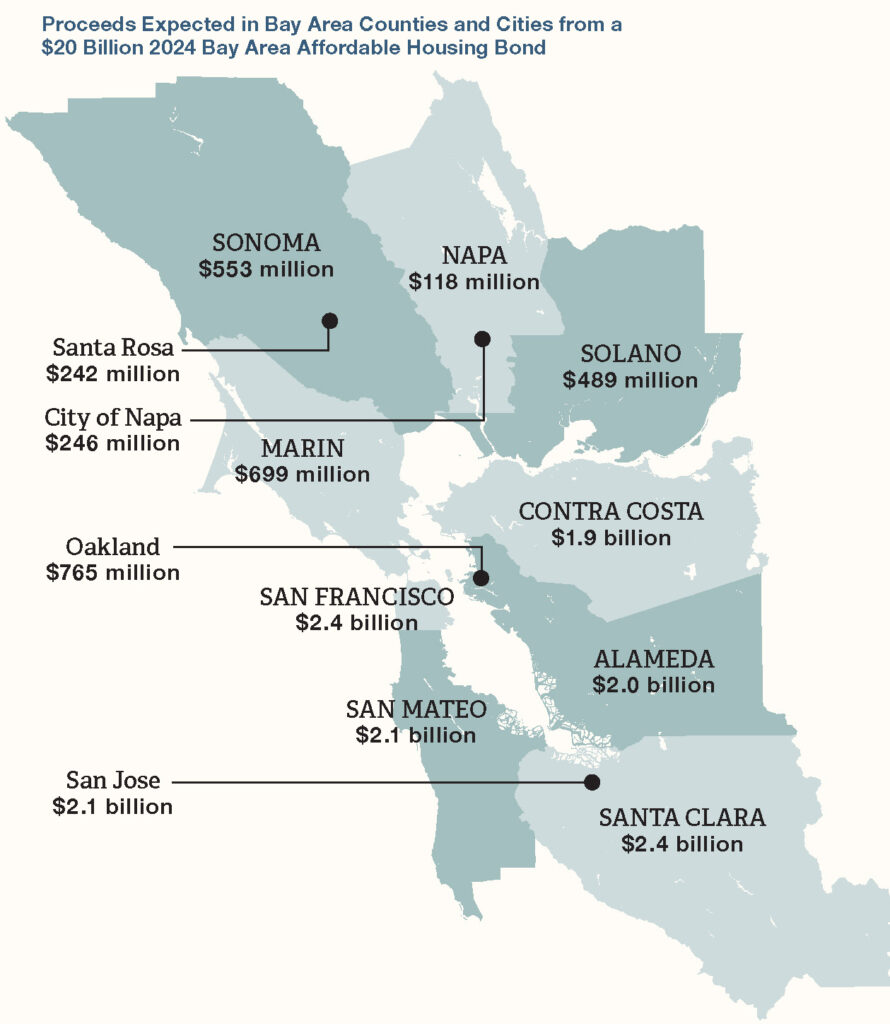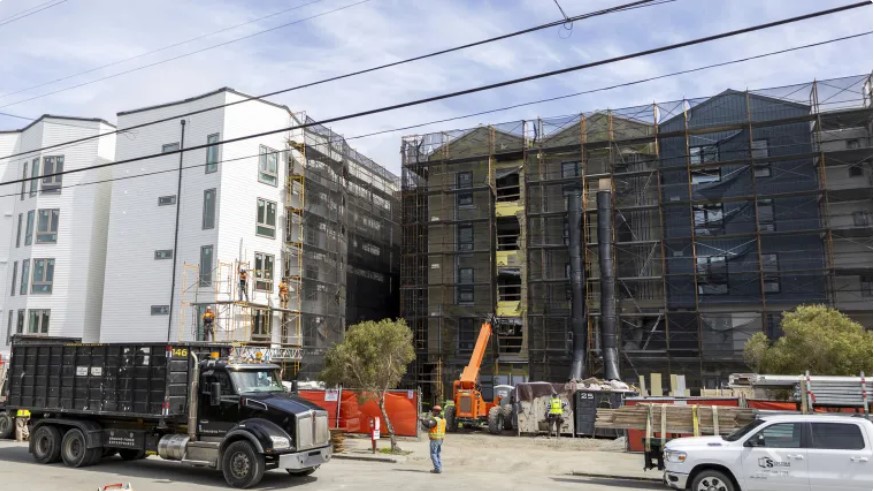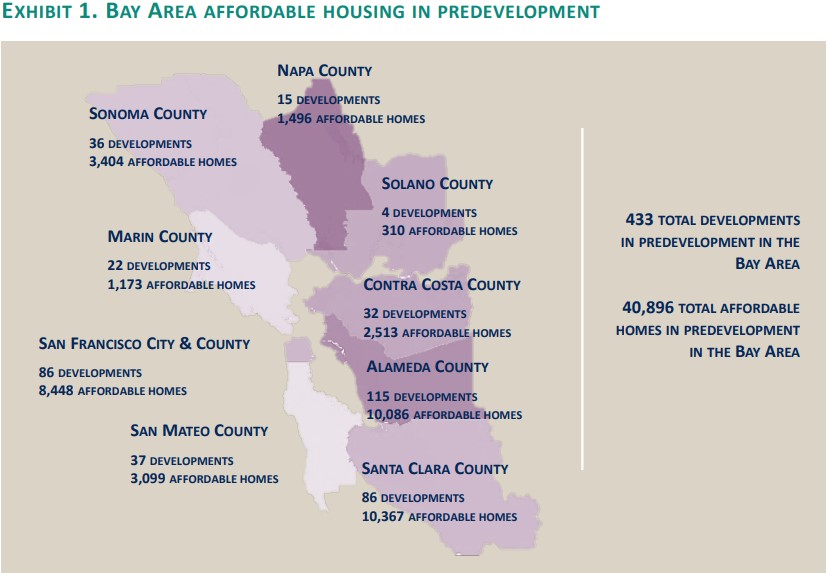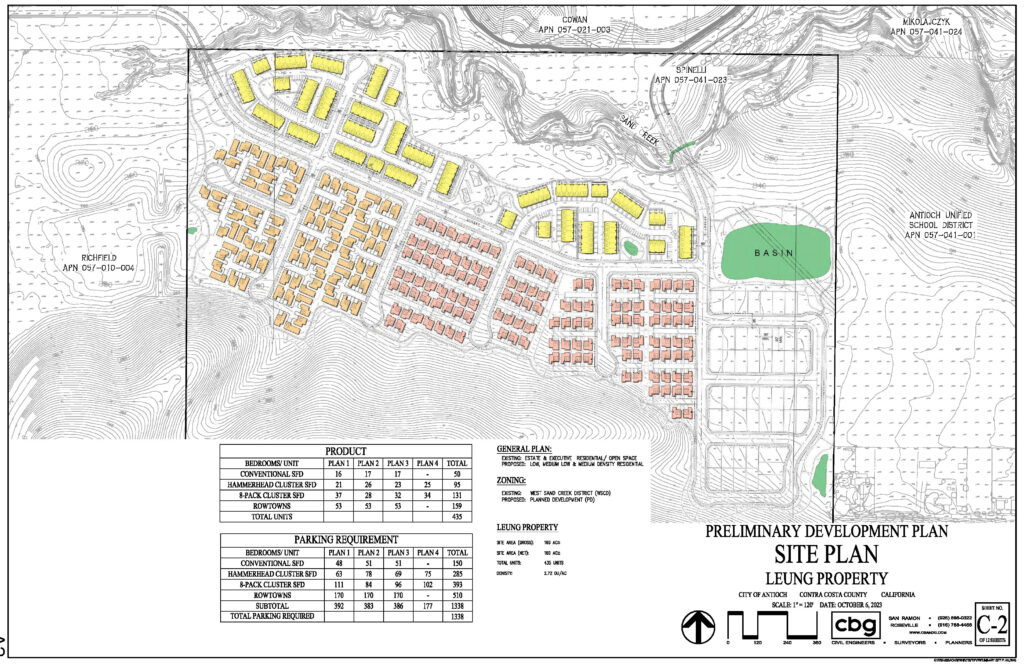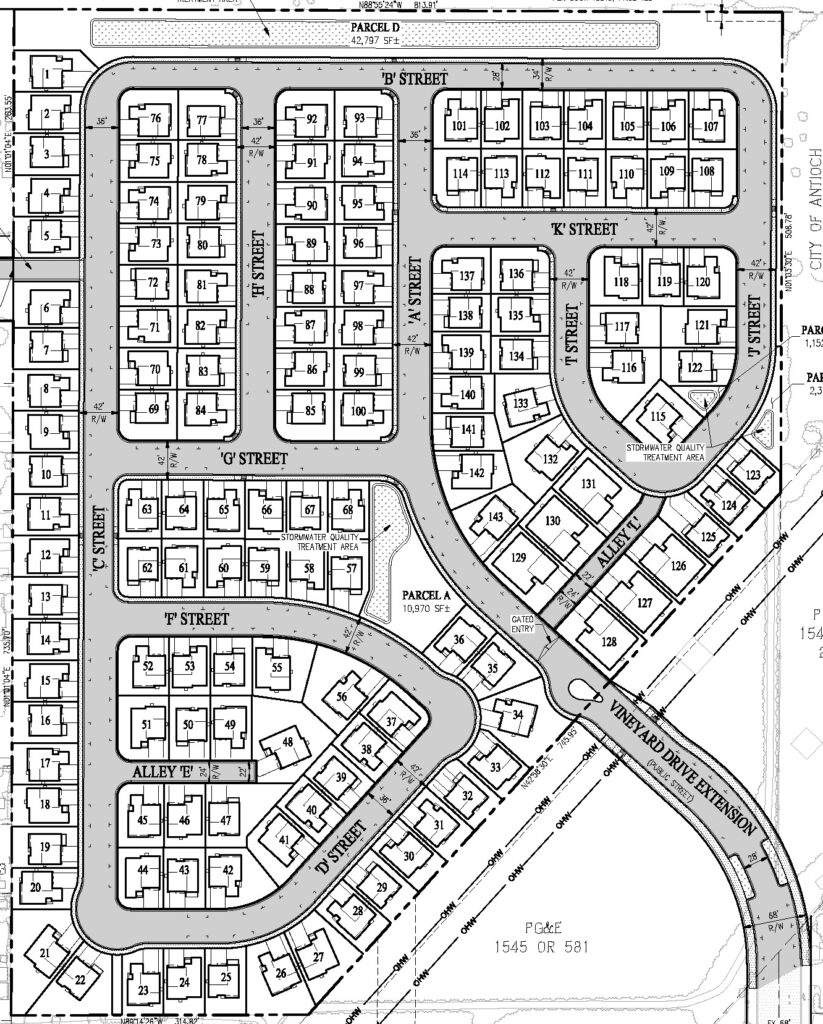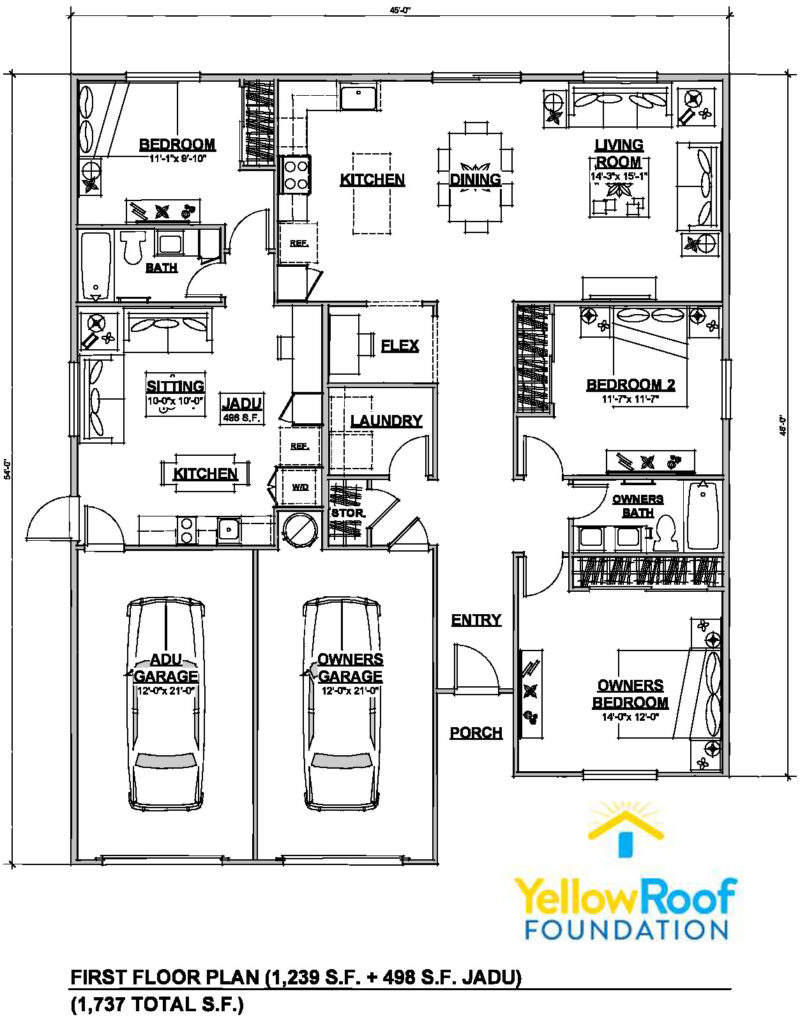Housing, transit advocates decry $20 billion regional housing bond measure pulled from Bay Area ballot
Wednesday, August 21st, 2024
Transform’s leader calls it “a tragic missed opportunity” and “major setback for our climate and transportation goals”; labels opponents who successfully challenged measure, “extremist anti-housing and anti-government activists”
“RM4 barely polled 54% before we even had a chance to open our mouths about it. Are 46% of the citizens of the Bay Area ‘extremist anti-housing and anti-government activists’?” – 20 Billion Reasons campaign opposition leader Gus Mattammal
By Allen D. Payton
In an email to supporters and an announcement this week, Jenn Guitart,Executive Director of Transform decried the removal of the $20 billion Bay Area housing measure from the November ballot and demonized those who successfully challenged it. According to polling commissioned by the Bay Area Housing Finance Authority which placed the measure on the ballot, they found that only 54% of likely voters supported the bond. That’s much lower than the 66.7% support of voters required for it to pass. (See related articles here and here)
Labeled “What It Means for Our Movement” Guitart’s email and identical announcement on the Transform’s website read:
On Wednesday morning, the Bay Area Housing Finance Authority (BAHFA) unanimously voted to remove Regional Measure 4 from the 2024 ballot. The measure would have raised $20 billion to alleviate the Bay Area’s housing and homelessness crisis. Unfortunately, the measure was scuttled in response to a series of eleventh-hour challenges by extremist anti-housing and anti-government activists. This is a tragic missed opportunity for voters to say yes to urgently needed affordable housing and homelessness funding.
This decision is heartbreaking for Transform and other housing advocates, and, more importantly, for the hundreds of thousands of people in our region who now must wait longer for the affordable housing and homelessness solutions Bay Area residents need and deserve.
The decision is also a major setback for our climate and transportation goals. By funding the construction of over 40,000 new affordable homes near transit, the measure would have reduced greenhouse gas emissions by over three million tons and spurred an additional five million transit trips per year.
While it is frustrating that a well-resourced group of naysayers halted progress on housing and homelessness this election, Transform and our partners will continue to build the necessary power to win big on these critical issues.
Looking Forward
All is not lost in the fight for affordable housing. Transform and our partners will be working hard to pass Prop 5 this November, which will lower the voter approval threshold for housing and public infrastructure bond measures (from a two-thirds vote) to 55%. This measure is critical to advancing future affordable housing bond measures across the state.
Beyond November, our region continues to face significant challenges, from the housing and homelessness crisis to a looming transit fiscal cliff. New regional funding measures for both transportation and affordable housing are urgently needed. Passing both measures in the coming years will take unprecedented collaboration, creativity, and courage.
Transform will play a leading role in both these efforts as we continue our work to empower communities of color, innovate solutions, and advocate for policies and funding — all with the aim of helping people thrive and averting climate disaster. And we will need supporters like you in this fight to build up the necessary resources, political will, and movement organizing to beat the anti-taxers in future election cycles.
In the meantime, get ready to vote yes on Prop 5 in November, and stay tuned for future calls to action in the fight for housing, transportation, and climate justice for our region.
Transform Executive Asked Why She Demonized Measure’s Opponents
Guitart was asked why she would demonize the opponents to the measure when it only polled at 54% support prior to it being placed on the ballot, which is much lower than the 2/3rds vote currently required and also less than the 55% threshold required for a future vote should Prop 5 pass. She was also asked if she’s claiming 46% of the public who opposed it in the poll are also “extremist anti-housing and anti-government activists” and isn’t she risking angering those who opposed the measure from the start, some of whose support will be needed for passage of a future ballot measure.
Guitart was then asked with such a low level of support, shouldn’t the measure have been revised before it was placed on the ballot in order to address some of the concerns of the opposition to ensure a better possibility of it passing.
She was also asked instead wouldn’t it be better if Transform worked with the opponents to try and find common ground or a ballot measure that will be less anathema to them for a possible future vote or to achieve her organization’s goals
Finally, Guitart was asked if she is willing to offer a public apology to the measure’s opponents, revise her public statement removing the swipes at them and tone down the divisive rhetoric.
However, in response Guitart shared that she is unable to respond right now due to a family issue but wrote, “I will pass your concerns on to our team.”
Ballot Measure Opponent Leader Responds
When asked about the swipes at the opponents made by Transform’s executive director, Gus Mattammal, the leader of the opposition campaign, 20 Billion Reasons, responded, “I have a couple of responses to that characterization:
1) 20 Billion Reasons comprised Democrats, Republicans, Libertarians, and Independents – the entire political spectrum. And to be clear, Democrats were about half the group.
2) Almost everyone in the group has willingly voted for tax increases before, so it’s silly to label folks as ‘anti-tax’. If someone comes to you with an idea for a pizza with pickles, sardines, and mayonnaise, and you say ‘um, no thanks!’, does that make you anti-pizza? Or are you just anti- “this particular idea for pizza”?
No one in this group is against well-constructed policies to alleviate housing unaffordability. Unfortunately, nothing about Regional Measure 4 was ‘well-constructed policy’.
3) RM4 barely polled 54% before we even had a chance to open our mouths about it, and the polling was destined to only go down from there. That means 46% of the voters were against this from the beginning. Are 46% of the citizens of the Bay Area ‘extremist anti-housing and anti-government activists’? I’m a registered Republican, and I feel like our fortunes as a party would be very different here in the Bay Area if that were true.”
About Transform
Founded in 1997 as Bay Area Transportation and Land Use Coalition (BATLUC), according to the organization’s website, Transform works “with organizations, advocates, and community members for improved transportation and housing policies and funding. Together, we can invest in climate and equity, promote innovative transportation, support transportation shifts, and address climate-related housing issues.”
The group claims to have moved “the Overton window”, which isan approach to identifying the ideas that define the spectrum of acceptability of governmental policies that says politicians can act only within the acceptable range, “steadily toward equity and climate resilience.”
They, “envision vibrant neighborhoods, transformed by excellent, sustainable mobility options and affordable housing, where those historically impacted by racist disinvestment now have power and voice.”
For more information about Transform visit www.TransFormCA.org or call (510) 740-3150.



























